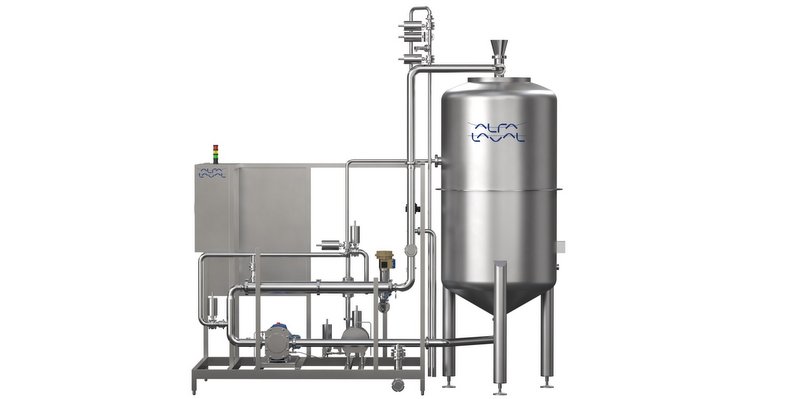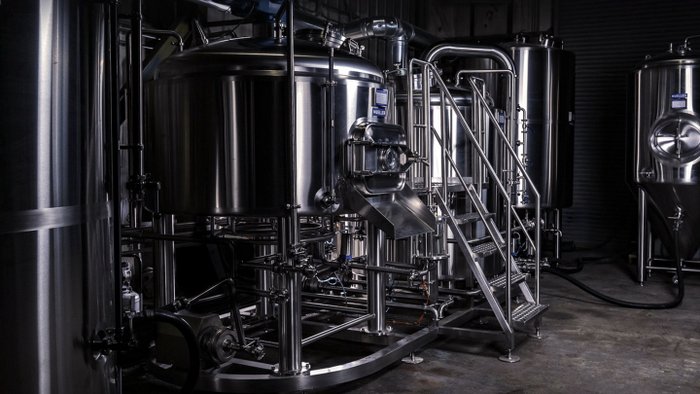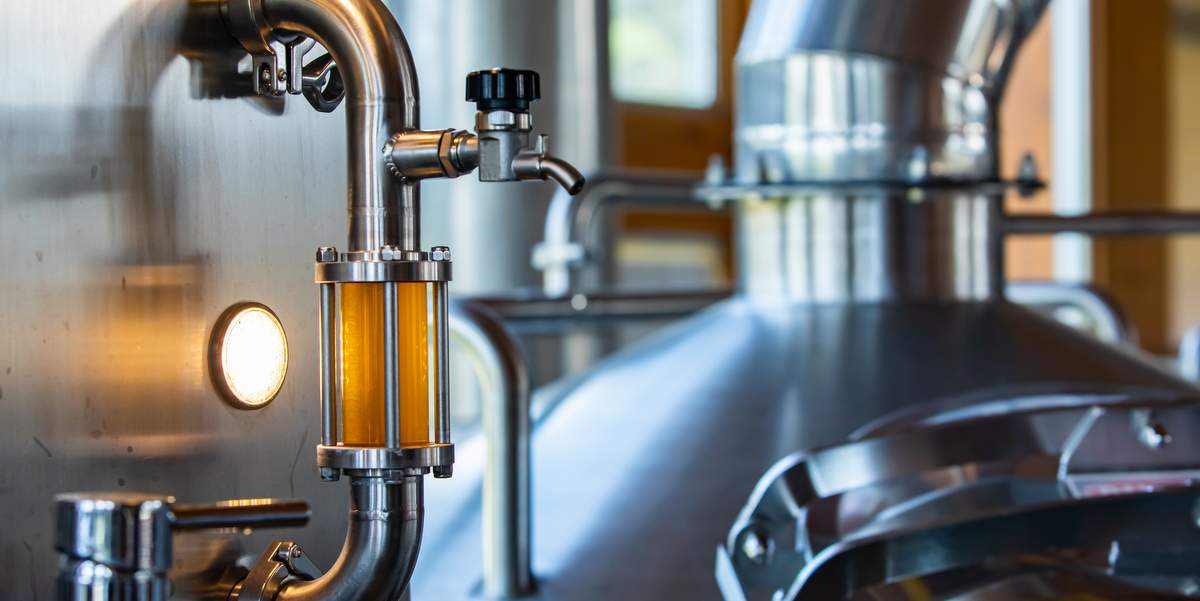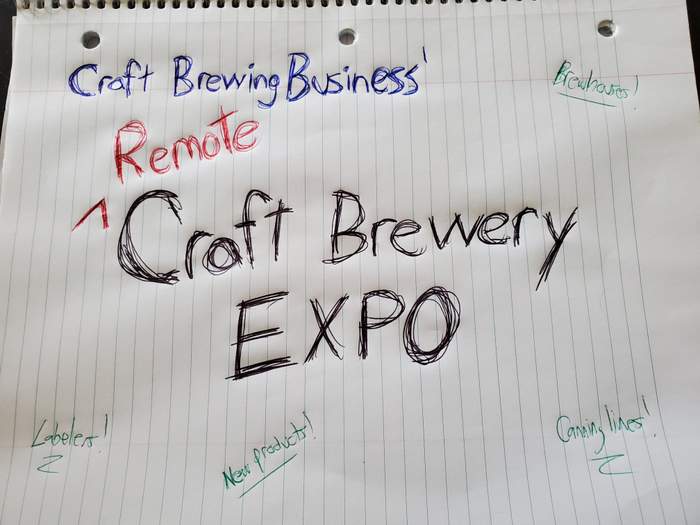
Two of the most important recent advances in automation have been the international adoption of an open standard for intelligent sensors – IO-Link – as well as advances in remote I/O systems for Internet of Things (IoT) capabilities – decentralized I/O. These developments move intelligence deeper into the brewing and packaging process for improved overall performance and lower risk of waste. They also give the brewery added flexibility and cost effectiveness when installing and or modifying existing automation.
What is IO-Link?
Intelligence driven all the way down to the sensor and actuator level is essential for knowing the status of the system and in anticipating problems through predictive analytics – the ability to forecast faults before they happen. Both capabilities improve output and lower waste. IO-Link is the first worldwide standardized IO technology (IEC 61131-9) for communication with smart sensors and actuators.
IO-Link devices cost about the same as standard sensors, making this technology easy to justify. There are three types of data available in every IO-Link device.
- IO-Link devices carry event data that flags or notifies when critical events occur.
- IO-Link devices have service data, including all the vital information about the unit such as manufacturer, model, and serial number. Service data also includes parameter values that are listed by the device and can be changed via the controller. Plug in a replacement device and the controller will automatically load parameters, saving time and lowering the chance of error.
- IO-Link devices offer condition data such as temperature, distance, proximity, current, and media flow. Depending on the process being sensed this information can flag out-of-specification operations.
Since IO-Link is an open standard, devices from various vendors are interoperable, which means the most effective and economical solution can be applied and users are not locked into one vendor’s solution.
Advancements in remote I/O
About 20 years ago, sensors and other components in an Input/Output (I/O) system required these parts to be wired directly to a central I/O block, resulting in hundreds of wires and compressed air tubing running throughout the automated system to the control cabinet. Wiring was costly to install and time consuming and difficult to troubleshoot. Control cabinets required considerable space for all the I/O. With the invention of remote I/O, a single wire ran to groups of components. This simplified installation and troubleshooting.
With the focus today on IoT, Ethernet connectivity to remote I/O requires costly adapters. Decentralized I/O makes it easier and less expensive for Ethernet connectivity down to the sensor level.
Decentralized I/O builds on the benefits of remote I/O
Decentralized I/O is an Ethernet-based system consisting of intelligent bus modules that are typically rated IP65/IP67 for versatility in mounting outside of a control cabinet. Decentralized I/O bus modules are compatible with the major communication protocols, including EtherNet/IP, PROFINET, and EtherCAT, for ease of integration.
Decentralized I/O systems such as the Festo CPX-AP-I can support up to 80 modules of mixed digital and analog I/O with valve manifolds per bus module. When a brewhouse needs to expand or change its automation, it can extend IoT capability cost effectively simply by adding intelligent bus modules to sensors and actuators. By allowing valve manifolds to be located closer to actuators, creating shorter tube lengths, decentralized I/O systems improve pneumatic-system cycle times for greater responsiveness.
Some also come standard with Integrated IO-Link master and IO-Link device tools, which allows intelligent sensors to be easily and cost effectively added to the systems. With IoT gateways and data contextualization, brewmasters can employ dashboards for anytime/anywhere real-time analysis, troubleshooting, and predictive analytics. Plug-and-play capabilities support Industry 4.0 concepts of modularity and reuse of assets.
Ethernet based decentralized I/O represents the latest development in lowering the cost of I/O while obtaining greater operational benefits. On the horizon are 5G enabled decentralized I/O systems that will drive IoT deeper into the system. Stay tuned.
Steve Bain is the Industry Segment Manager for Food and Beverage at Festo.





Leave a Reply
You must be logged in to post a comment.